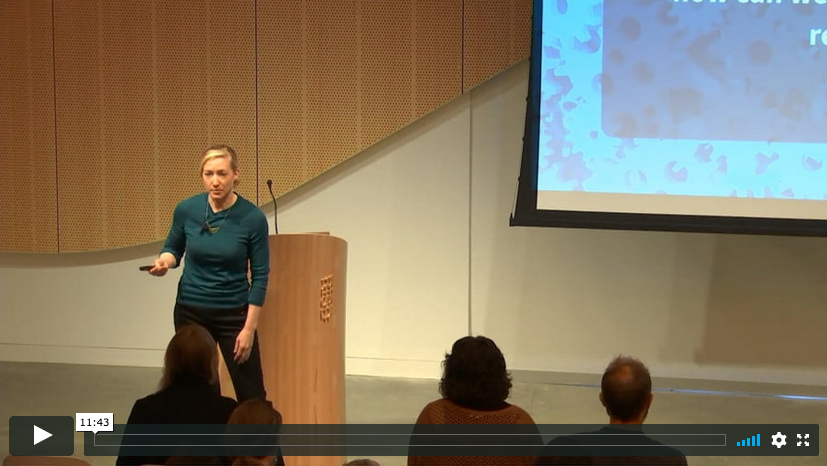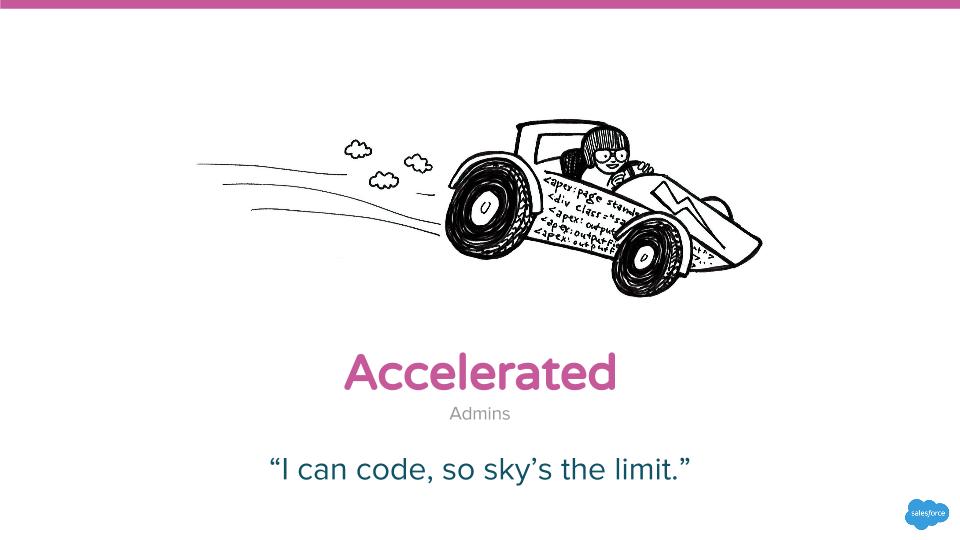As generative AI technology begins to touch more aspects of our work and...


As generative AI technology begins to touch more aspects of our work and...

This case study explores how a series of customer site visits to two international service centers drove design recommendations for a chatbot building platform that could encourage positive agent-chatbot collaboration. The first part of the case focuses on the research undertaken by a team of user...

In this never before shared case study, we explain how our UX research team increased its scope of work from surface-level UI issues to a full portfolio of user-centered research. We use organizational ethnography and organizational change literature to develop a three phase model of research team...

The Salesforce Platform empowers customers to build applications that are highly customized to their particular business operations and data. As platform researchers, we help create the tools that enable customers, including Salesforce administrators, to build these applications. Last year, the...